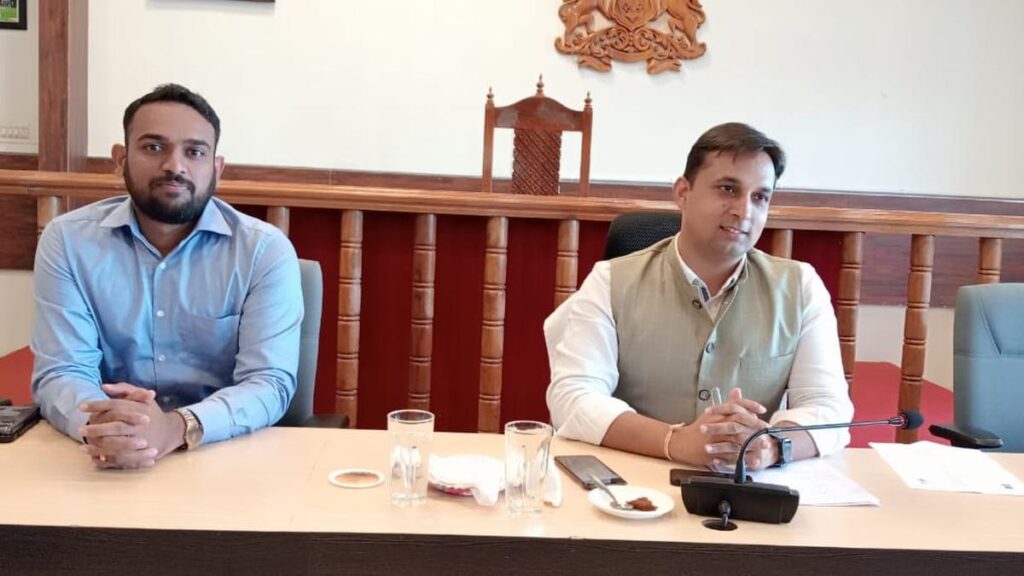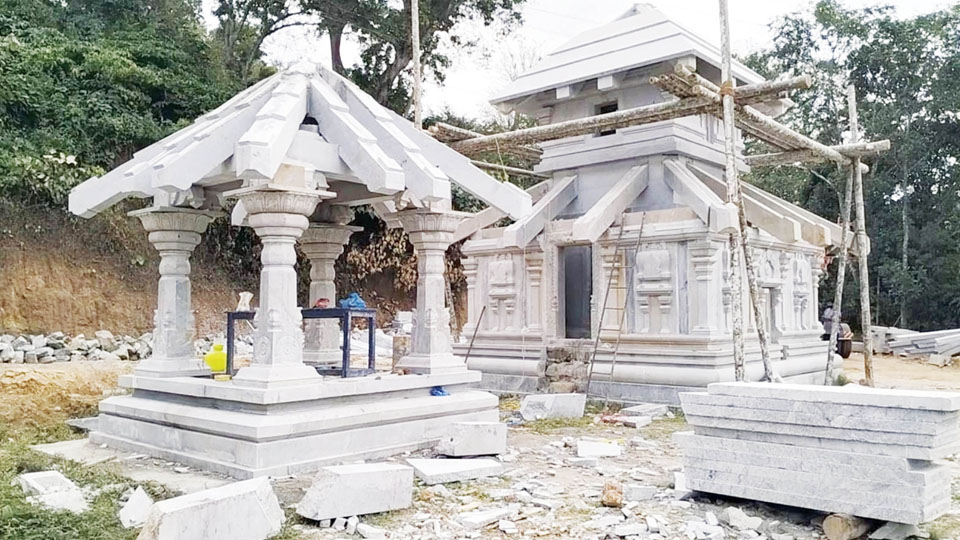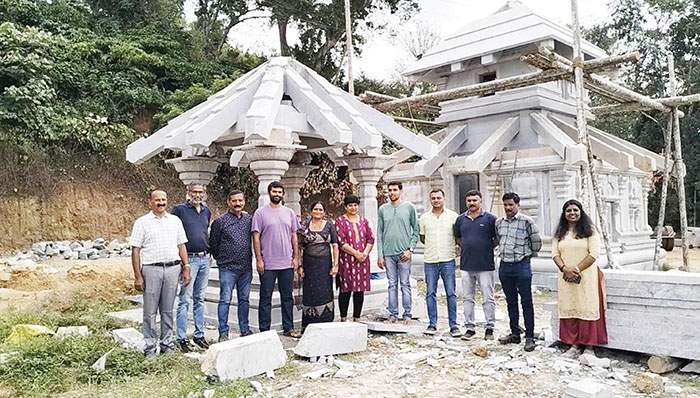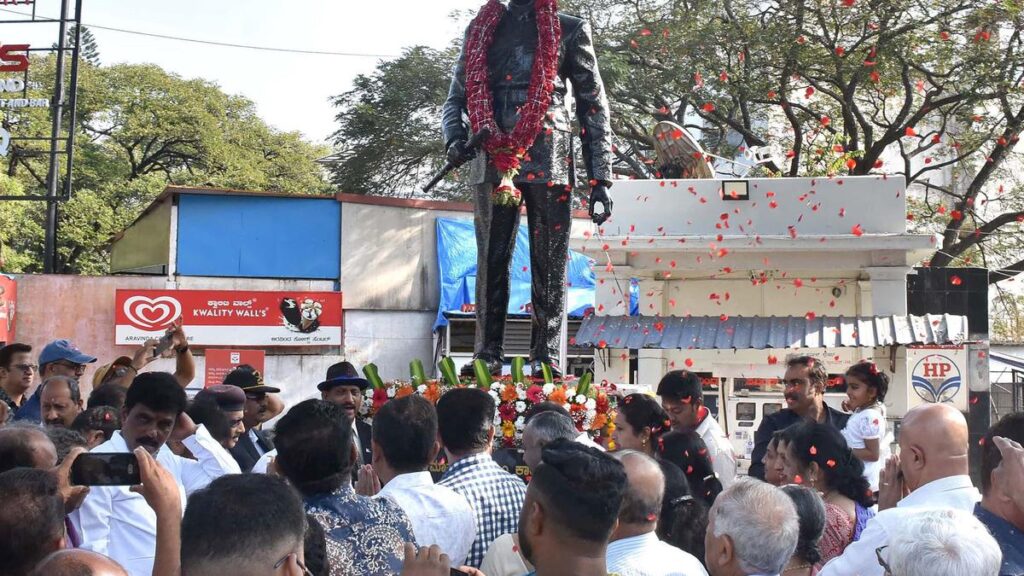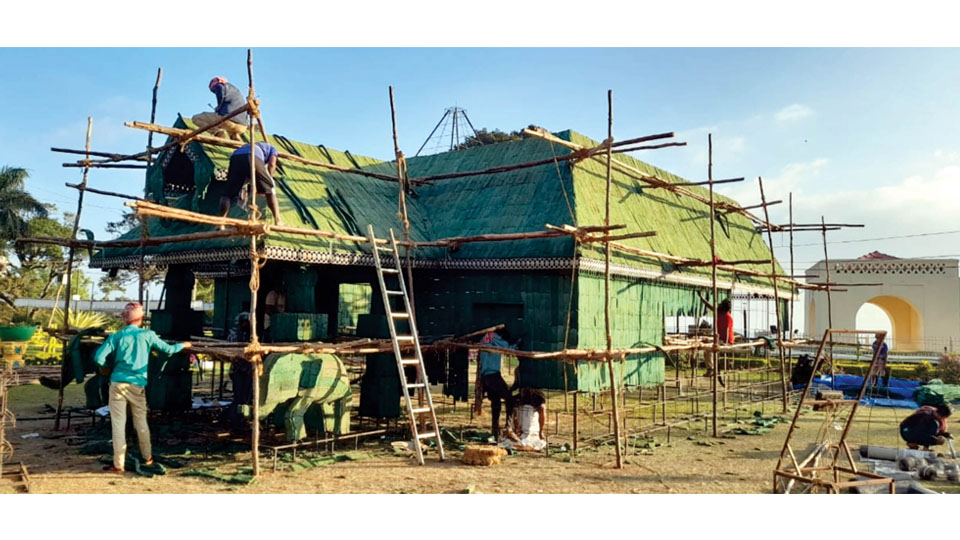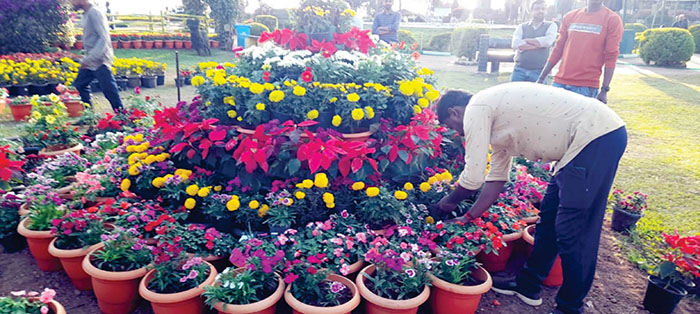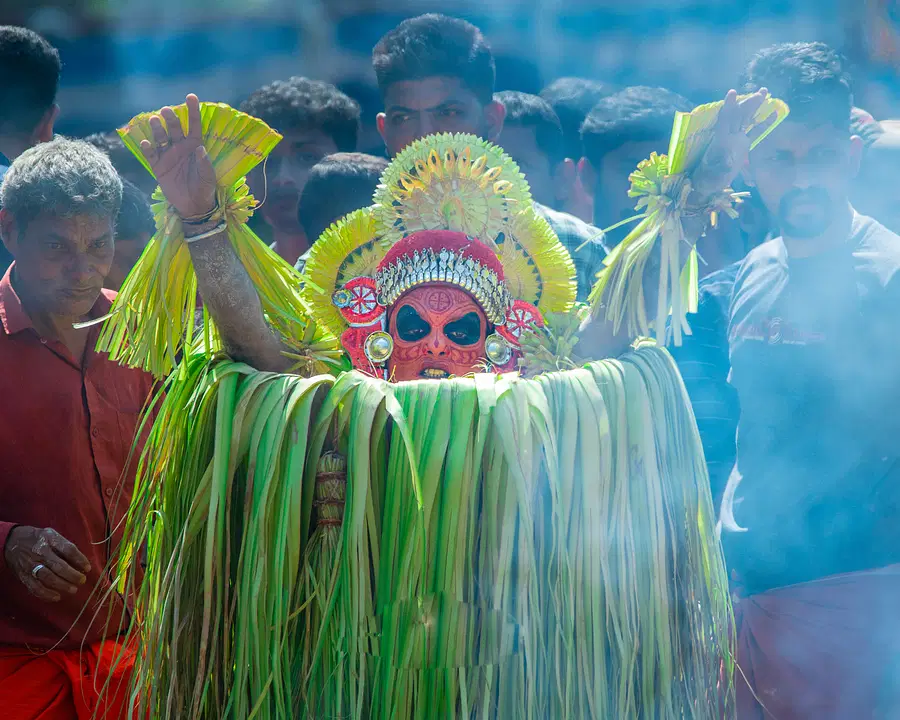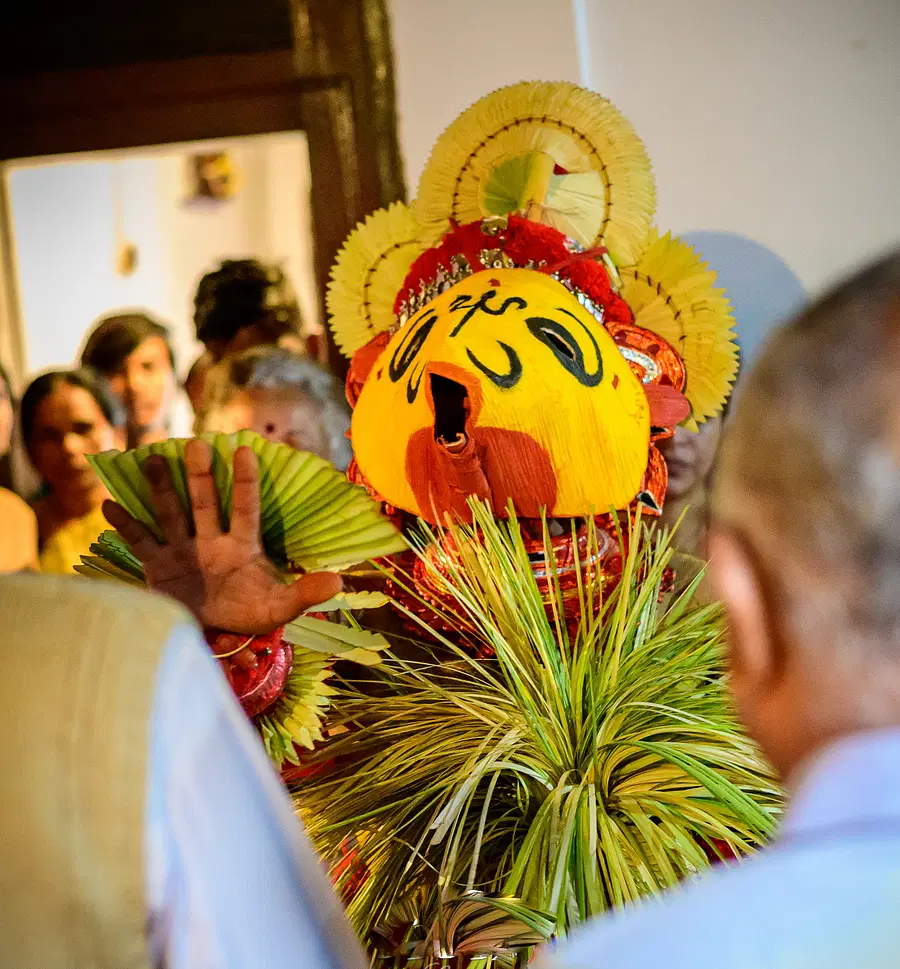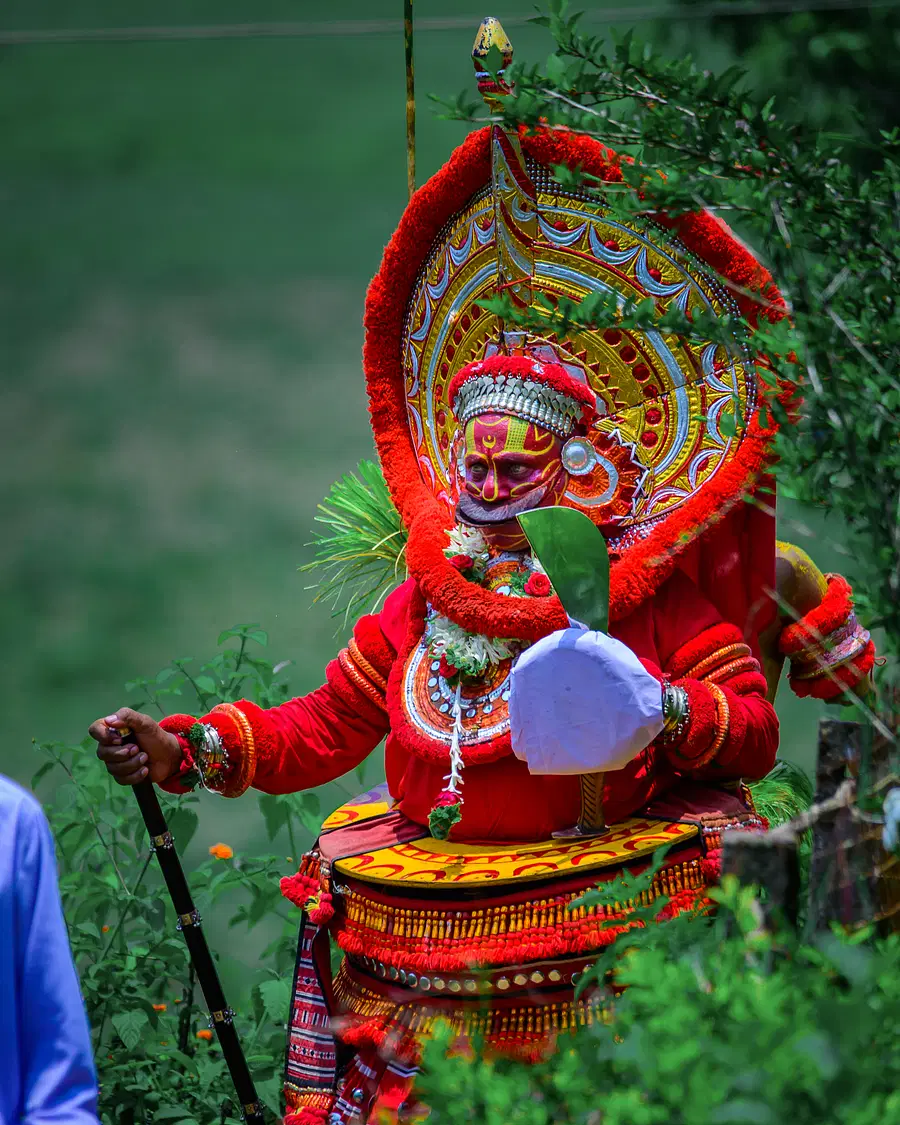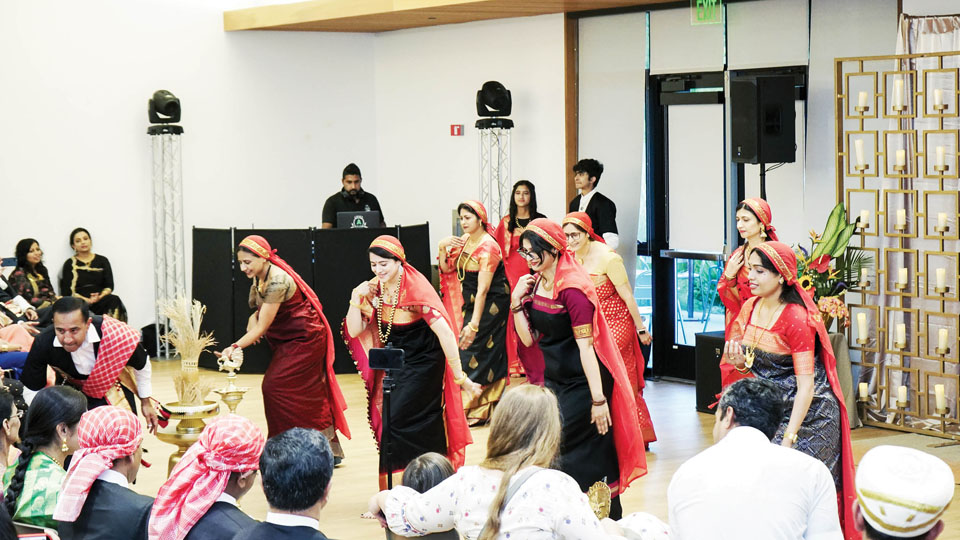
California’s Bay Area:
The Kodava community came together in the heart of California’s Bay Area for the annual convention, ‘Namme by the Bay’ from Sept. 1 to Sept. 3.
The festivities commenced with an informal ‘meet the hosts’ gathering on the evening of Sept. 1 at the elegant Hotel Cabana Suites in Palo Alto, CA, setting the stage for an unforgettable weekend filled with camaraderie and cultural immersion.
On Sept. 2, a pre-convention event unfolded against the picturesque backdrop of the Elliston Winery in Sunol, featuring a surprise flash mob performance. The night culminated in joyous dancing to the tunes of traditional ‘Kodava Valaga.’
While some guests embarked on an invigorating morning hike organised by local Kodava families on Sept. 2, others enjoyed a post-hike BBQ. For those eager to explore the beauty of San Francisco, an organised tour was on offer.
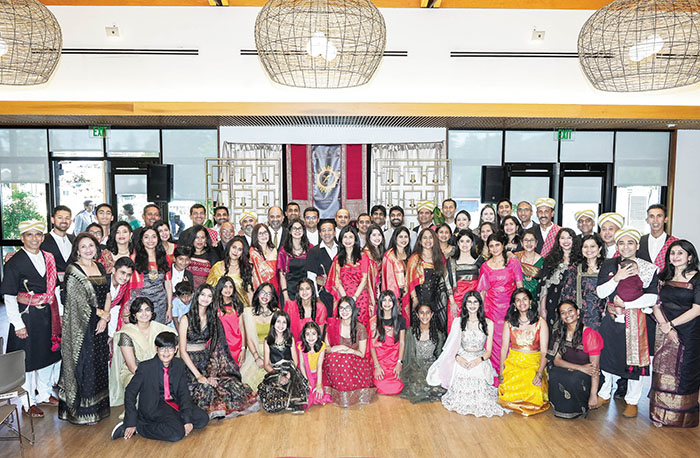
The main event, held on Sept. 3 at the Los Altos Community Centre, saw men donning the traditional Kodava attire ‘Kupya-chale,’ while women added a touch of Kodava elegance with colourful sarees.
The venue was transformed to capture the essence of Kodava culture, with enchanting decorations centered around the unique ‘Namme’ theme. The stage backdrop artfully depicted the essence of three prominent Kodava festivals — Kailpodh, Puthari and Cauvery Sankramana.
The event commenced with the ceremonial lighting of the lamp and the ‘Baalo Paat.’ Dimpu Pasura, the event’s host, collaborated with local children to present a captivating cultural programme. Local Kodava children began with a devotional rendition of the ‘Kaveramme’ song, followed by an opening act by Chethan Bachamada and Pallavi Joyappa.
Priya Pattada extended a warm welcome, followed by a message about preserving the Kodava community from Col. (Retd.) Cheppudira P. Muthanna, who travelled from Kodagu to attend the convention.
The evening unfolded with a dance performance by local Kodava children, followed by a spirited ‘Bolakaat’ performance by the men. The highlight was a mesmerising dance by the ladies. A video message from prominent Kodavas representing the military, sports and show business played during the opening, offering their best wishes for the event’s success.
Overall, the event fostered hope and unity among the Kodava community worldwide. Looking ahead, the next convention in 2024 is eagerly anticipated in Chicago.
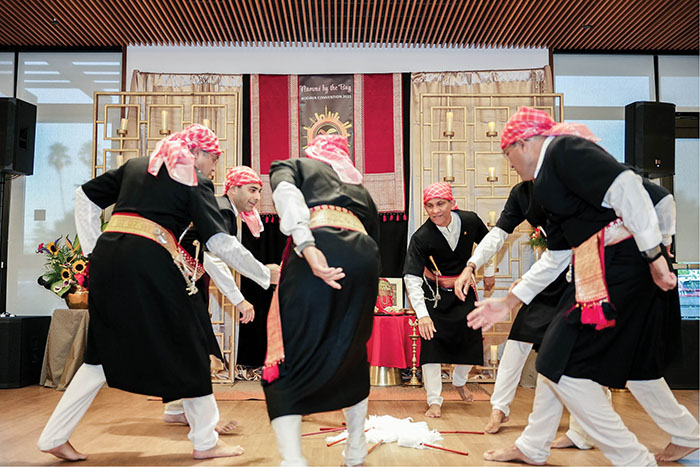
First-ever entrepreneur event
As part of the convention, the first ever entrepreneur event, led by Gana Pemmanda, Vikram Puttichanda and Sahana Bheemaiah Bachamada (Thamane Nambudumada), was held.
Entrepreneurs Nischay, Prithvi Biddappa Kandanda, Nischal Ammatanda, Sahana Bheemaiah and Gana Pemmanda shared glimpses of their entrepreneurial journeys, successes and learnings.
Guests had the opportunity to showcase their businesses and network within the Kodava community, with plans to maintain the momentum through a newly created North American Kodava entrepreneurs’ group, fostering collaboration.
source: http://www.starofmysore.com / Star of Mysore / Home> News / September 28th, 2023


